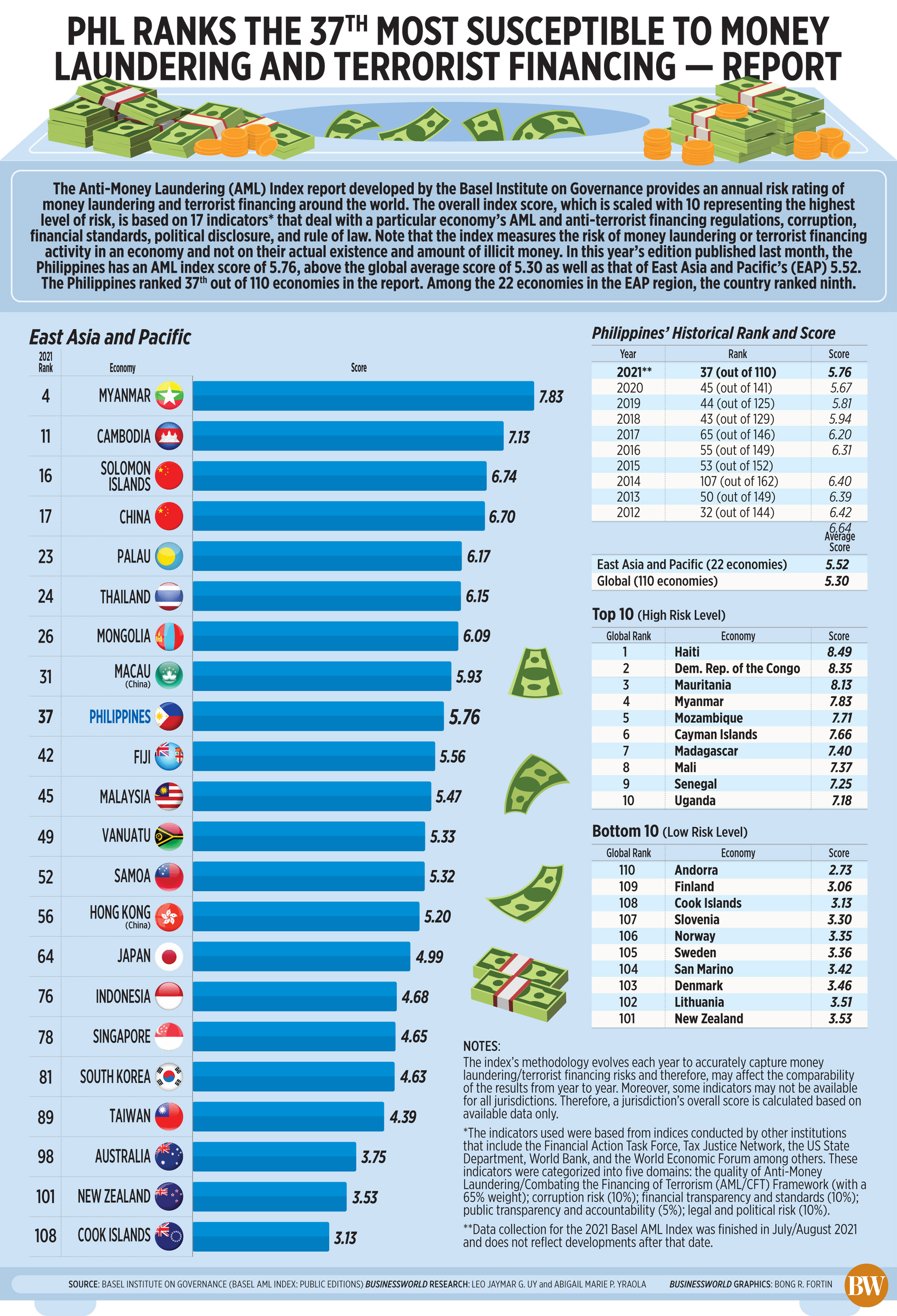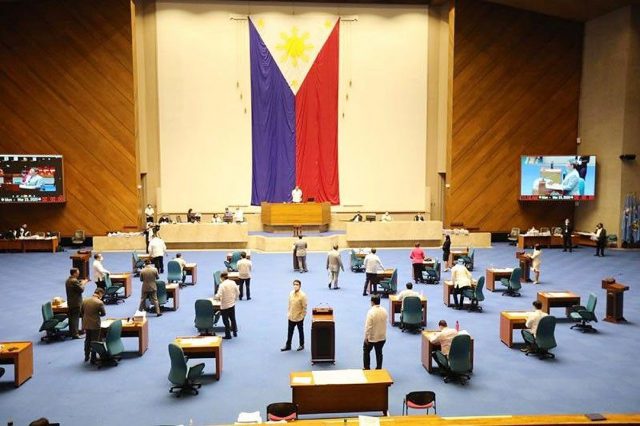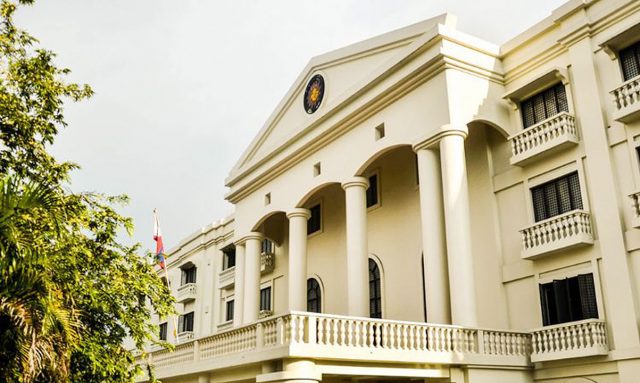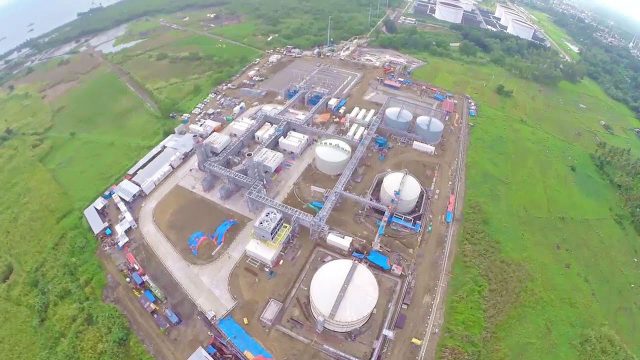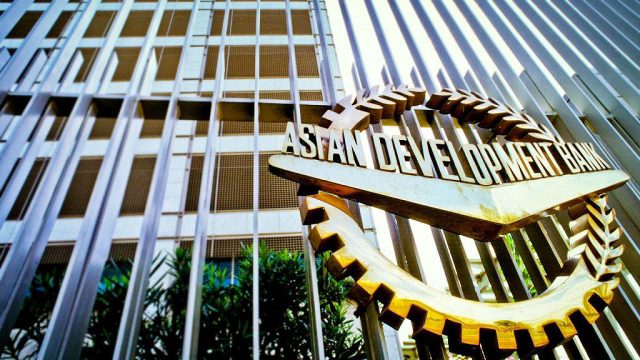SHARES extended their climb on Wednesday on hopes of global economic recovery and as the country’s pandemic situation continued to improve, as well as anticipation for the release of third-quarter corporate earnings.
The Philippine Stock Exchange index (PSEi) went up by 30.77 points or 0.42% to close at 7,297.08 on Wednesday, while the all shares index climbed 14.84 points or 0.33% to 4,466.24.
“The index closed higher consistent with markets across the region, on renewed hopes over the recovery of the global economy, as well as the upcoming quarterly corporate earnings results,” Darren Blaine T. Pangan, trader at Timson Securities, Inc., said in a Viber message.
“Investors may still be digesting the new alert level system and its implementation in areas outside of the capital region,” Mr. Pangan added.
“The drop in COVID-19 (coronavirus disease 2019) cases and the progressive vaccination campaign in the country sustained the optimism as they strengthen the possibility of the social restrictions being continually eased,” Philstocks Financial, Inc. Senior Research and Engagement Supervisor Japhet Louis O. Tantiangco said in a separate Viber message.
On Tuesday, the Health department logged 4,496 new COVID-19 cases, which brought active infections to 63,637. The positivity rate stood at 12.4%.
The country has administered nearly 53.32 million COVID-19 jabs as of Oct. 19, with 24.69 million individuals already fully vaccinated.
The government has expanded the implementation of granular lockdowns with an alert level system to areas beyond Metro Manila, with the new restrictions expected to lapse by the end of the month.
Meanwhile, MSCI’s broadest index of Asia-Pacific shares outside Japan arose 0.65%, led by 1.3% gains in Hong Kong, while Japan’s Nikkei was almost flat and so were mainland Chinese shares, weighed down by more weak data on the property sector, Reuters reported.
Most sectoral indices posted gains on Wednesday except for mining and oil, which dropped 268.52 points or 2.52% to 10,381.90, and financials, which inched down by 1.77 points or 0.11% to end at 1,571.78.
Meanwhile, holding firms rose 56.75 points or 0.78% to 7,254.09; industrials gained 52.72 points or 0.49% to 10,773.91; property improved by 15.40 points or 0.45% to 3,370.63; and services went up by 1.30 points or 0.06% to end at 1,872.84.
Value turnover improved to P9.44 billion with 1.34 billion issues traded on Wednesday, up from the P8.54 billion with 1.34 billion shares that switched hands the previous day.
Advancers beat decliners, 106 against 80, as 52 names closed unchanged. Net foreign selling dropped to P31.57 million on Wednesday from the P65.80 million recorded on Tuesday.
“Resistance may be placed at 7,320, while support may be drawn at the 6,940 level,” Timson Securities’ Mr. Pangan said. — Keren Concepcion G. Valmonte with Reuters






